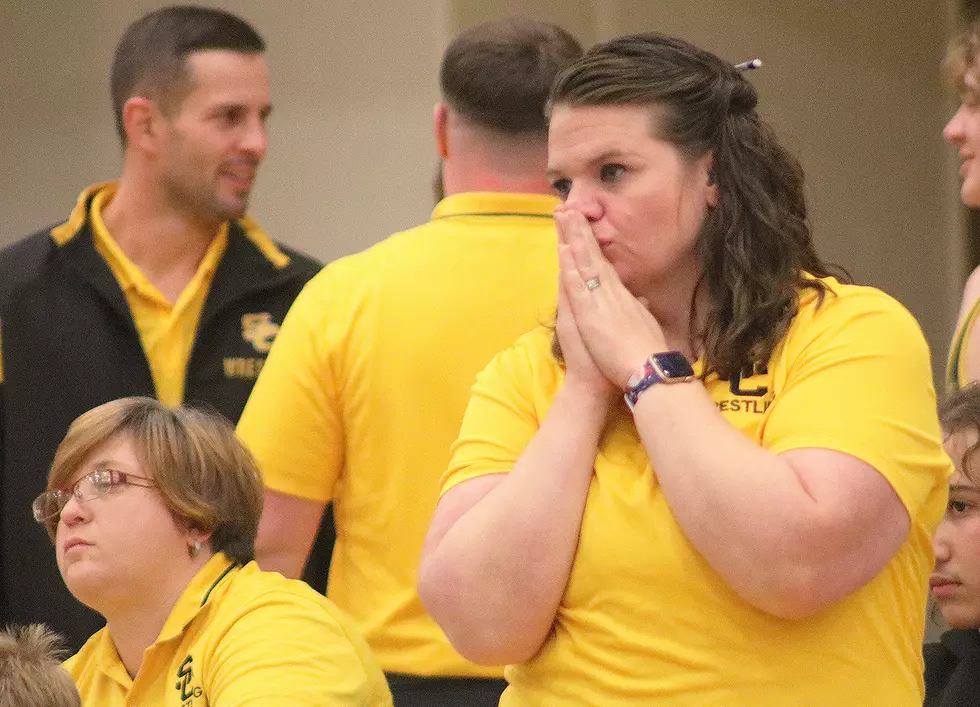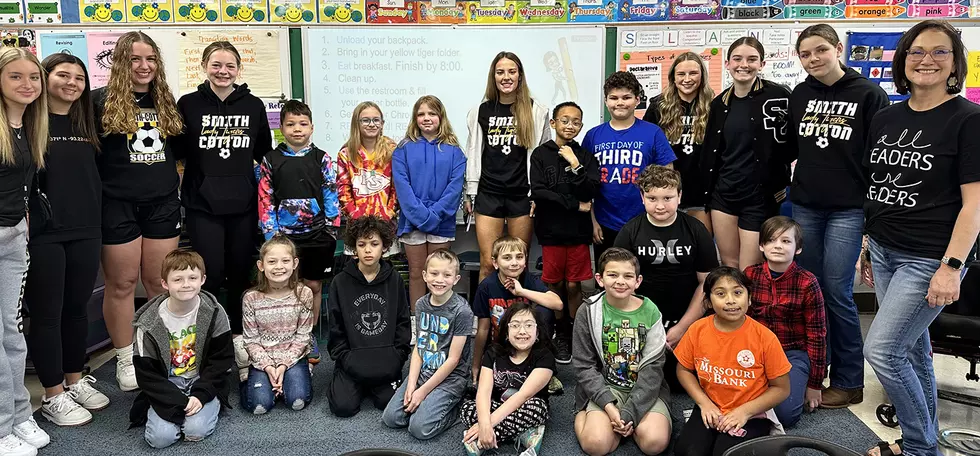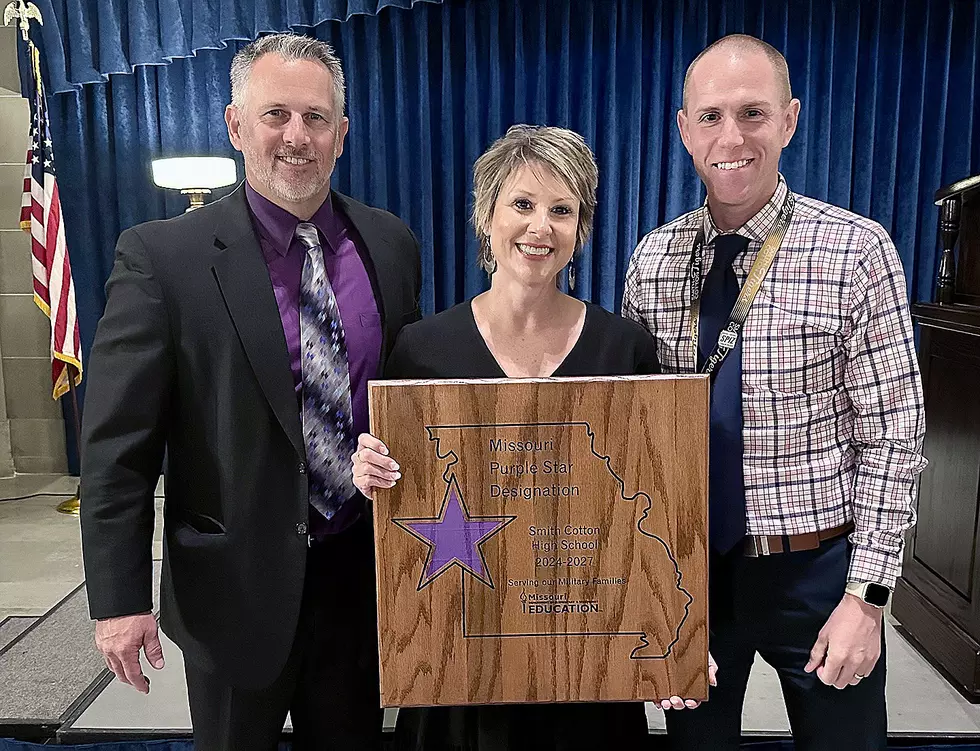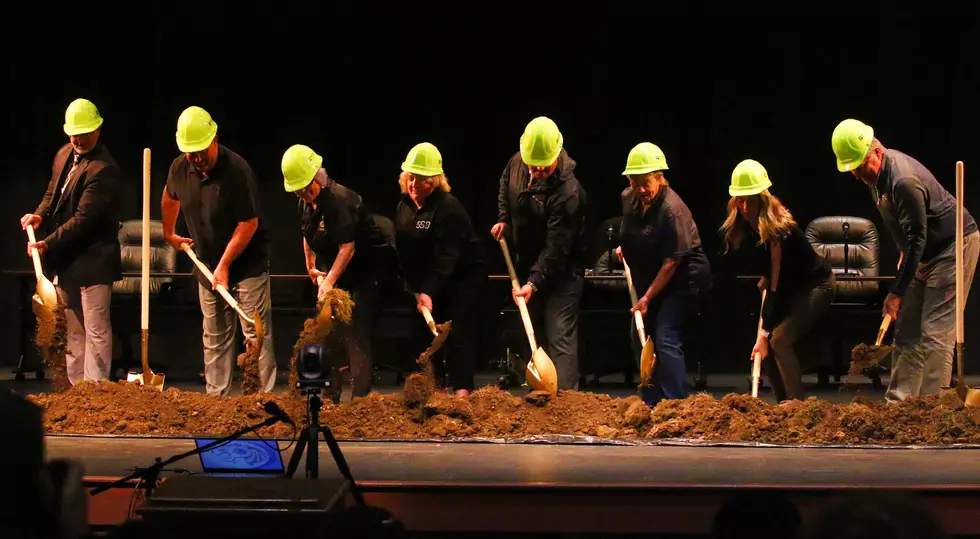
Sedalia 200 Teachers Urged to Embrace Inclusion
Sedalia 200 teachers and administrators were challenged to understand and embrace the value of inclusion during a professional development session with Dr. Derek Greenfield, an author and former college professor who travels the globe speaking about diversity and culture.
Greenfield told the teachers they would have to get uncomfortable to understand the reality of what some of their students experience every day. They also would need to embrace the differences among those in their classrooms and in their community. He said that while diversity is “head counting,” inclusion is valuing people for who they are.
The Golden Rule encourages treating people as you would want to be treated, but Greenfield’s Platinum Rule is defined by treating people the way they want to be treated. To make his point, Greenfield had the teachers pair up, with one closing their eyes and the other providing directions to move them around the room.
Instead of asking how their partner wanted to receive directions, the guide typically provided instruction the way they preferred. This kind of “one size fits all” instruction can create learning gaps for students from different cultures and backgrounds.
Ariel Spellmeyer, a first grade teacher at Skyline Elementary, came away impressed with Greenfield’s presentation.
“It was very interactive and left me reflecting on how I could make sure I am showing inclusion in my classroom to my kids so that they are comfortable and feel like they can learn in a way that fits them,” she said. “It was fantastic to be able to talk to people in my district I’ve never met and get more personal with people from my own school."
Bryant Lazenby, a business education teacher at Smith-Cotton High School, praised Greenfield as one of the best presenters the district has brought in.
“It was a highly energetic and thought-provoking master class on valuing multiculturalism, diversity and inclusion in our classrooms,” Lazenby said. “I gained a better understanding of student struggles and helping to break down social and cultural barriers that prevent students from feeling like they are truly part of the learning environment.”
Toward the end of the session, Greenfield handed out pieces of yarn that the teachers then gave to others in the room as tokens of appreciation.
“I loved the appreciation activity – teachers can always use that feeling of being appreciated,” Spellmeyer said. “You know it feels good, especially when you’re crying tears of joy and see others doing the same!”
Greenfield pointed out that schools offer public speaking classes, but not listening classes; taking time to hear students out and learn what they are experiencing in school and at home can lead to greater understanding of their educational obstacles. That can then lead to instruction and evaluation that values their culture and life experience.
Spellmeyer said one of her big takeaways from Greenfield’s presentation was his use of the South African word “sawubona,” which means “I see you.”
“In today’s culture, we are so worried about what everyone thinks; we are quick to judge but not understand and really see people for who they are,” she said. “The same goes for our students. Do we as teachers really see them for who they are and who they can become with our help?
More From AM 1050 KSIS









